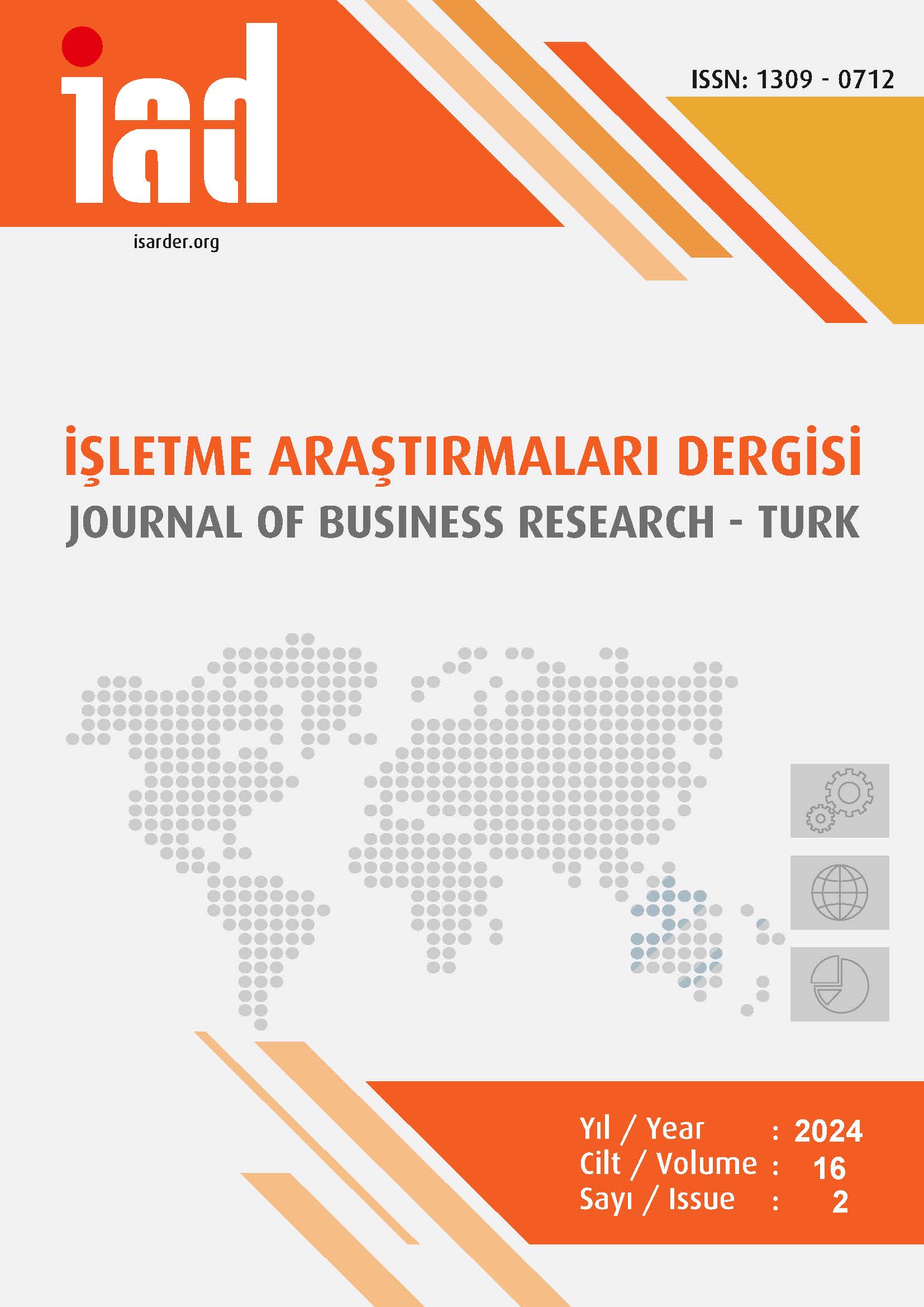Financial Investments: An Analysis on BIST 100 Listed Non-Financial Companies
DOI:
https://doi.org/10.20491/isarder.2024.1847Keywords:
Financial Investment, Financial StatementAbstract
Purpose – This study aims to determine which financial investment instruments are used by non-financial companies traded in the Borsa Istanbul 100 Index outside their core business activities and how they use them, and to discuss the impact of this diversity on financial statements by taking into account the footnote disclosures specific to the financial investments item in the balance sheets of non-financial companies. Design/methodology/approach – In this study, content analysis method, one of the qualitative research methods, was used. Using the financial investments data obtained from the annual financial statements of the companies operating in the BIST 100 index and not included in the financial institutions for the years 2020- 2021- 2022, the impact of the financial investments made by the companies on the companies' financial statements, revenues and profits were examined. Findings – In periods of normal price movements and in periods of unstable price movements, the financial investments made by companies outside their fields of activity differ. When the financial investments item in 2020- 2021- 2022 of the companies operating in the BIST 100 index and not included in the Financial Institutions by sector is analyzed in terms of sub-items, it is understood that in 2021- 2022, "currency-linked deposit" investment and stock (subsidiary, etc.) investments stand out, while in 2020, when domestic inflation and interest rates are relatively low, bond and bill (domestic, foreign) investments gain weight. In addition, it is noteworthy that companies' long-term and short-term financial investments are numerically higher in 2022 compared to other years due to the volatility in inflation. Discussion – Changes in general economic conditions and economic policies may lead to changes in the content of the financial investments item. Therefore, companies should evaluate the impact of this situation on the statement of financial position and the statement of financial performance when transferring funds outside their core business. On the other hand, it is also critical that the effect of the financial investments of companies on the financial statements as a whole should not overshadow their core activities.
Downloads
Published
How to Cite
Issue
Section
License

This work is licensed under a Creative Commons Attribution-NoDerivatives 4.0 International License.





